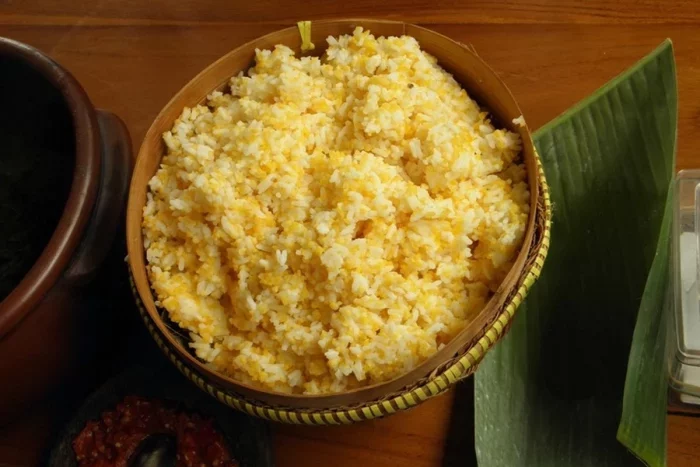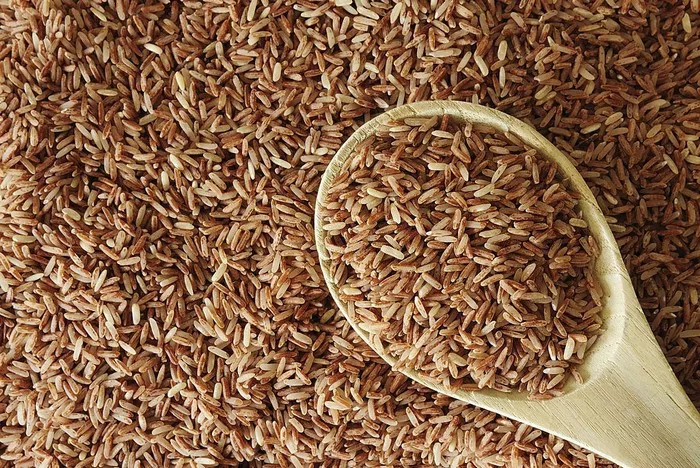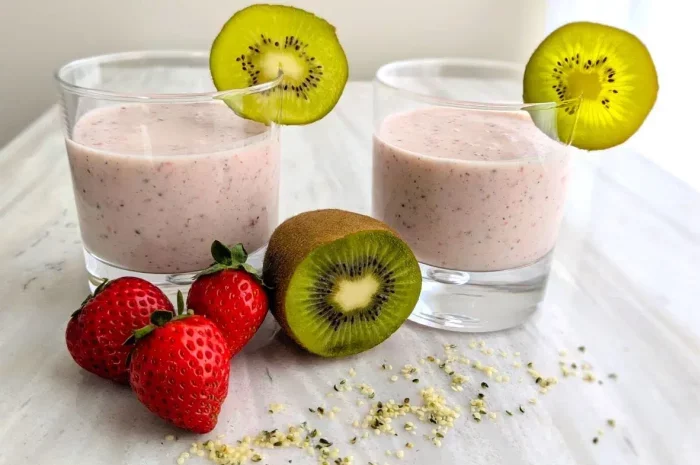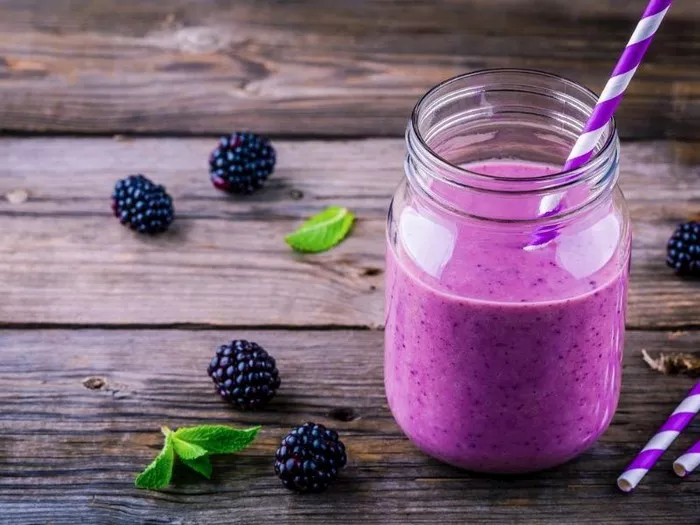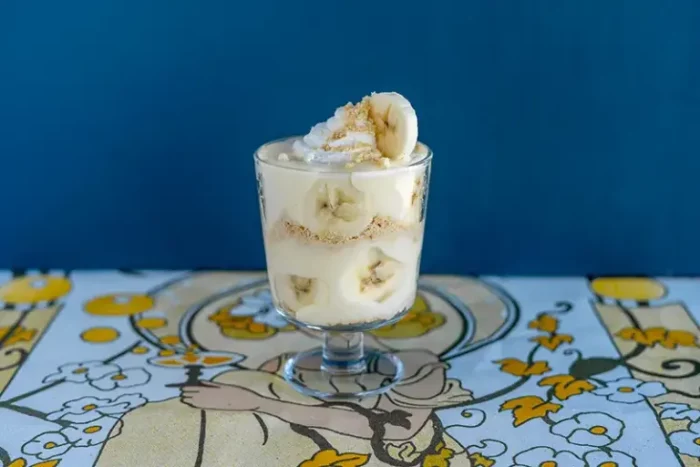Desserts are often perceived as indulgent treats that should be enjoyed sparingly due to their high sugar and calorie content. However, with the right ingredients and preparation methods, it’s possible to create desserts that are both delicious and nutritious. In this article, we explore various types of desserts and evaluate their health benefits, focusing on factors such as nutrient density, fiber content, and overall dietary balance.
Understanding Healthy Desserts
Before diving into specific dessert options, it’s important to define what constitutes a healthy dessert. Generally, a healthy dessert should be:
Low in refined sugars: Excessive refined sugar intake is linked to various health issues, including weight gain, insulin resistance, and inflammation.
High in fiber: Fiber helps with digestion, keeps you feeling full longer, and can help lower blood sugar levels.
Rich in nutrients: Healthy desserts should provide essential vitamins and minerals, such as calcium, potassium, and antioxidants.
Moderate in calories: While desserts should be enjoyed in moderation, they shouldn’t be overly calorie-dense.
Fruit-Based Desserts
Fruit-based desserts are a natural choice for health-conscious individuals. Fruits are rich in vitamins, minerals, fiber, and antioxidants, making them an excellent base for desserts.
Fresh Fruit Salads
Fresh fruit salads are simple, refreshing, and packed with nutrients. They can be made with a variety of fruits, such as berries, melons, grapes, and tropical fruits like mango and pineapple. To enhance their flavor and nutritional profile, you can add a splash of lime or lemon juice, a sprinkle of chia seeds, or a handful of nuts.
Fruit Yogurt Parfaits
Greek yogurt is a great alternative to ice cream due to its high protein and probiotic content. Pairing it with fresh fruit and a drizzle of honey or maple syrup creates a satisfying and nutritious dessert. You can also add a layer of granola for added texture and crunch.
Smoothies and Fruit Sorbets
Smoothies and fruit sorbets are another excellent way to enjoy fruits in dessert form. They can be made with a blender using frozen fruits, a bit of liquid (such as milk or coconut water), and a sweetener like honey or agave syrup. To make them more filling, you can add a handful of spinach or kale, which won’t alter the taste but will boost their nutrient content.
Nut and Seed-Based Desserts
Nuts and seeds are rich in healthy fats, protein, fiber, and various micronutrients. They can be used to create satisfying and nutritious desserts.
Energy Balls
Energy balls, also known as protein balls or bite-sized snacks, are easy to make and highly customizable. They typically combine nuts, seeds, dates, and a bit of honey or maple syrup for sweetness. Popular combinations include almonds, walnuts, chia seeds, and flaxseeds. These balls are portable, require no baking, and can be stored in the fridge for a quick and healthy snack.
Nut Butter and Fruit Spreads
Natural nut butters, such as almond butter or cashew butter, paired with fruit spreads like apple butter or fig jam, make for a delicious and nutritious dessert. You can spread them on whole-grain toast, waffles, or rice cakes, or enjoy them with fresh fruit slices.
Chia Pudding
Chia pudding is a dairy-free, gluten-free, and vegan dessert that’s high in fiber, protein, and omega-3 fatty acids. It’s made by soaking chia seeds in a liquid, such as almond milk or coconut water, overnight. The seeds absorb the liquid and form a pudding-like consistency. You can sweeten it with a natural sweetener and top it with fresh fruit, nuts, or seeds.
Dairy-Based Desserts
While dairy products can be high in saturated fats and cholesterol, they also provide essential nutrients like calcium, vitamin D, and protein. Choosing low-fat dairy options and moderate portion sizes can help make dairy-based desserts healthier.
Greek Yogurt with Honey and Berries
As mentioned earlier, Greek yogurt is a nutritious alternative to ice cream. Pairing it with honey for sweetness and berries for antioxidants creates a satisfying and healthy dessert. You can also add a handful of granola for added texture and crunch.
Low-Fat Cheesecake
Cheesecake can be made healthier by using low-fat ricotta or cottage cheese instead of cream cheese, and reducing the amount of sugar. Adding a fiber-rich crust, such as one made with whole-grain flour or oats, can also boost its nutritional profile. Fresh fruit toppings, like strawberries or blueberries, add a natural sweetness and antioxidants.
Whole-Grain and Grain-Free Desserts
Whole grains and grain-free options can provide essential nutrients and fiber, making them a healthy choice for desserts.
Oatmeal Cookies
Oatmeal cookies can be made healthier by using whole-grain oats, reducing the amount of sugar, and adding in nuts, seeds, or dried fruit for added nutrients. They’re a great source of fiber and can be enjoyed with a glass of cold milk or a cup of tea.
Grain-Free Brownies
Grain-free brownies can be made using almond flour, coconut flour, or a combination of both. They’re typically lower in carbs and gluten-free, making them a good choice for those with dietary restrictions. To keep them healthy, use a natural sweetener like honey or maple syrup, and add in dark chocolate chips for antioxidants.
Dark Chocolate Desserts
Dark chocolate is rich in antioxidants, particularly flavonoids, which have been linked to various health benefits, including heart health and improved brain function. Enjoying dark chocolate in moderation can make for a healthy dessert option.
Dark Chocolate Bark
Dark chocolate bark can be made by melting dark chocolate and spreading it onto a baking sheet. You can then add various toppings, such as nuts, seeds, dried fruit, or even a sprinkle of sea salt, to create a flavorful and nutritious treat.
Dark Chocolate Avocado Mousse
Avocados are a great source of healthy fats, fiber, and various vitamins and minerals. Combining them with dark chocolate creates a rich and creamy mousse that’s both decadent and nutritious. This dessert is perfect for those looking for a vegan or dairy-free option.
Conclusion
When it comes to desserts, the key to making them healthier is to focus on nutrient-dense ingredients, reduce refined sugars, and keep portion sizes in check. Fruit-based desserts, nut and seed-based desserts, dairy-based desserts made with low-fat options, whole-grain and grain-free desserts, and dark chocolate desserts can all be part of a healthy diet. By choosing the right ingredients and preparation methods, you can enjoy delicious and nutritious desserts that satisfy your taste buds while supporting your overall health. So, the next time you’re in the mood for something sweet, remember that healthy desserts are not only possible but also delicious and satisfying.
Related Topics:




